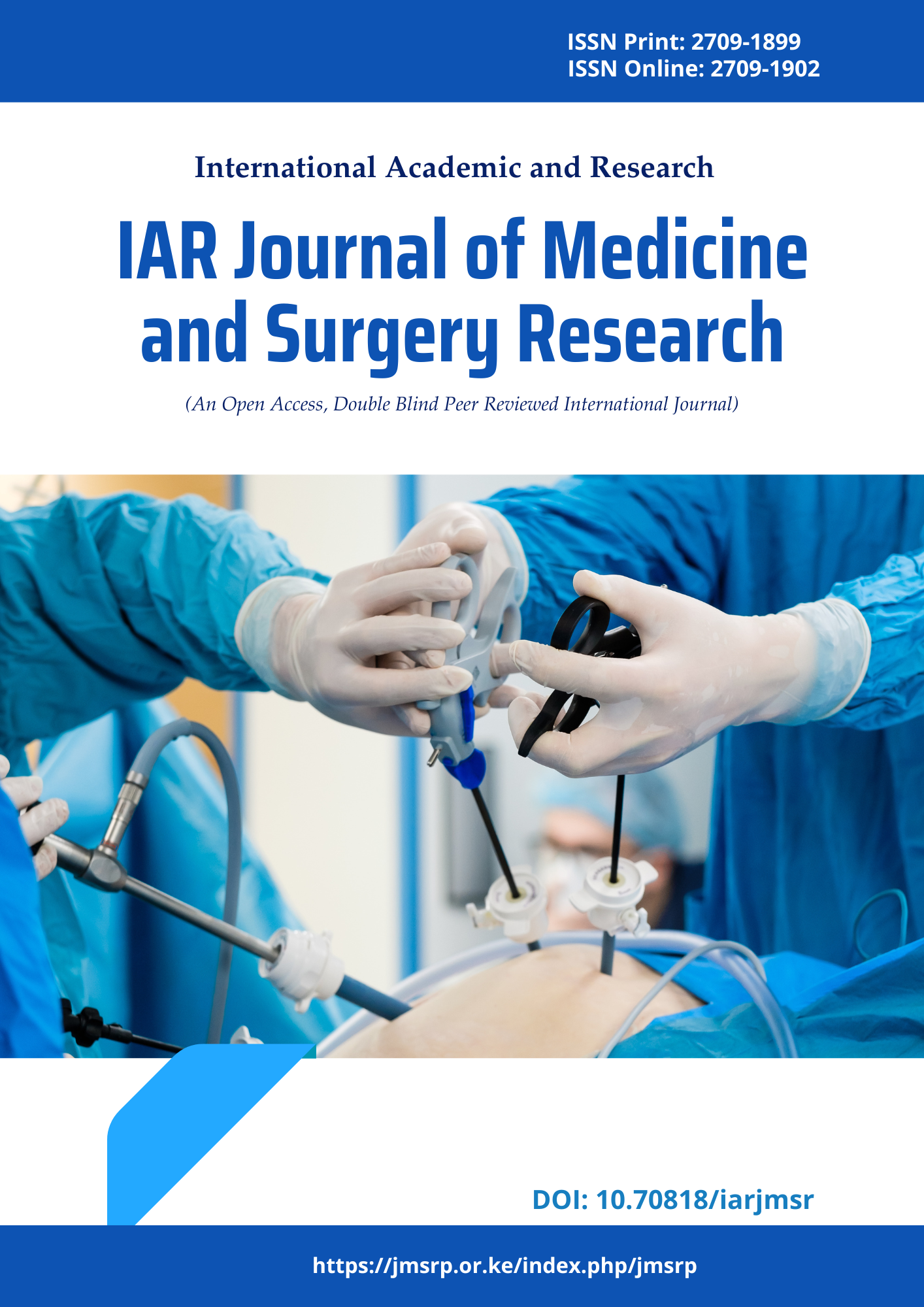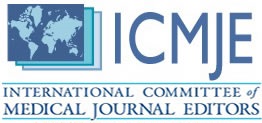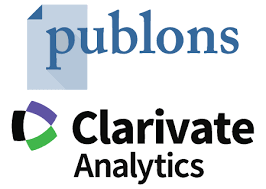Normoglycemic Obese and Non-Obese Women From North India WithPolycystic Ovary Syndrome And Anti-Mullerian Hormone
DOI:
https://doi.org/10.47310/iarjmsr.2023.V04i01.03Keywords:
PCOS, diagnosis of PCOS, management of patient, condition, patient's BMI.Abstract
Objective: Anti-Mullerian Hormone, often known as AMH, has been linked to a number of pathological disorders affecting the ovary, one of which is polycystic ovarian syndrome (PCOS). These patients' obesity, BMI, and hyperandrogenism are the triggers for a rise in the number of tiny antral follicles, which in turn affects the amount of AMH secreted. Method: AMH levels were compared with clinical, biochemical, and hormonal profiles in obese and non-obese PCOS women from Department of Community Medicine, TRR Institute of Medical Sciences, TRR Nagar, Inole, Hyderabad, Telangana, India, for the purpose of this study. Results: For this investigation, 54 cases of normoglycemic PCOS women were included. Among the patients, 62 (57.4%) had a BMI under 25 kg/m2, while 46 (42.6%) were obese. 48 patients (44.4%) had AMH 10 ng/ml. AMH 5ng/ml and obese PCOS individuals had significantly increased mean fasting insulin (P=0.01). In non-obese PCOS patients with AMH levels less than 5ng/ml, mean serum LDL-c was considerably higher (P=0.01), and mean serum LH was significantly higher in non-obese individuals with AMH 10ng/ml. Conclusion: Low AMH can be a significant marker for PCOS, and it should be routinely evaluated both for the diagnosis of PCOS and for the management of patients who have the condition. This is true regardless of the patient's BMI.
















